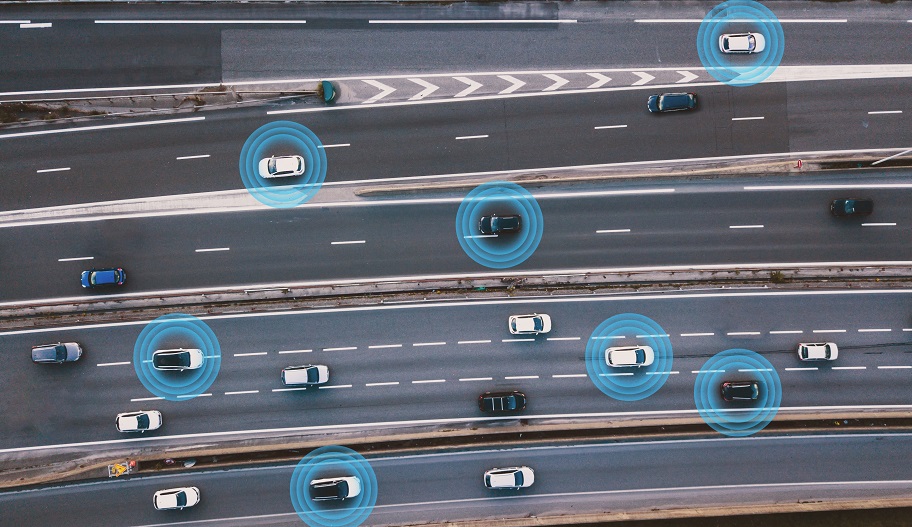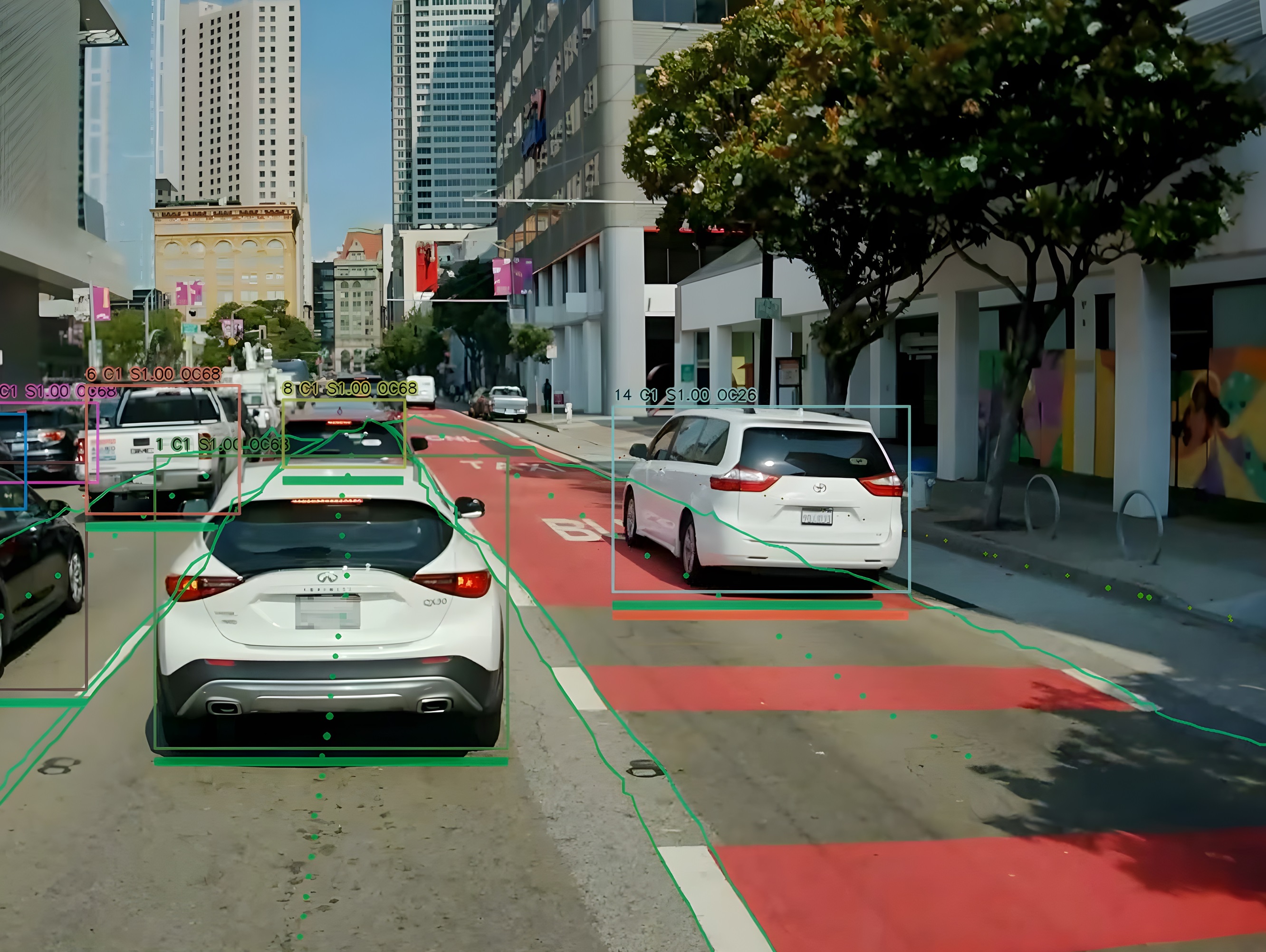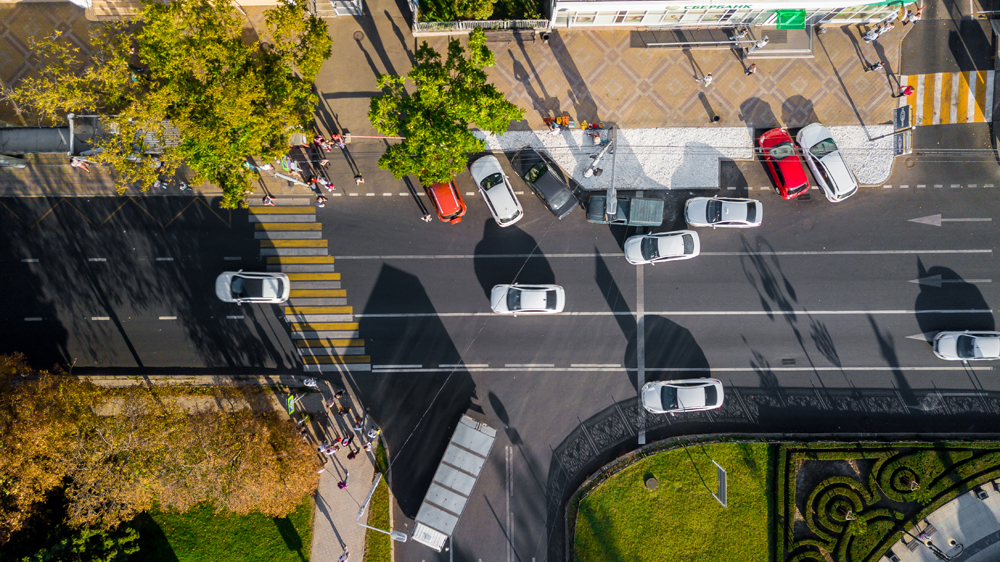
Over the last 15 years, we’ve seen a revolution in mapping technology, one that has taken maps from two-dimensional navigational tools to three-dimensional, high-definition representations that can support the perception, localisation and motion-planning needs of autonomous vehicles (AVs).
The industry now faces a new challenge: the need for a truly scalable solution to the fourth-dimensional problem—namely, temporal accuracy. In order to satisfy the demands of the next generation of AVs, maps need to capture a road’s current conditions and configurations, as opposed to those from some point in time. It’s a tricky problem, requiring a solution that’s both highly accurate and highly scalable—two things that have traditionally been mutually exclusive.
One current solution, aggregated consumer data (ACD)—or data collected from consumer sensors—is a partial fix. While ACD is a key input for change management, today’s consumer expectations require a diverse portfolio of change management data that can achieve speed, scalability, quality and accuracy. In other words, the wisdom of the crowd depends on the crowd—some crowds are better at answering certain questions than others. Knowing how to tune the dial to the right crowd frequency depending on the situation is the key to developing a true ‘4D’ change management solution.
UX ‘ladder’
The need for a 4D solution is growing more acute, as autonomous vehicles inch toward true production deployments. The market is seeking proof that, to quote Automotive World, AVs are “at least as good as a good human driver, able to accelerate, brake and steer smoothly and unremarkably”. Such a remarkably ‘unremarkable’ ride experience needs three things:
Feature availability: will the AV feature be—and remain—active consistently and/or predictably?
Ride smoothness: will the vehicle’s motion-planning function provide passengers a smooth, comfortable ride?
Ride optimality: will the vehicle’s path-planning function choose the most desirable route?
These are progressive, additive levels of experience—each component offers an additional level of enjoyment on top of the previous, forming something of a user experience (UX) ‘ladder’ that customers will ‘climb’ as AV technology proliferates and customer expectations increase.
Each of these rungs requires an additional, more dynamic layer of map data; so as UX expectations increase, so too do the data requirements—in particular, temporal accuracy. The first rung in this progression—availability—calls on a relatively stable level of map data.
Availability is essentially a question of the vehicle’s ability to satisfy its base safety case and deliver on core motion-planning functions. The map need only capture things like the key geometric data necessary for vehicle localisation—highly stable data.
In contrast, ride smoothness requires far more dynamic map information. Here we’re talking about an AV’s ability to provide a ride that’s free of any sort of behaviours that the customer would find jarring.
This requires foreknowledge of things like lane lines, speed limits and traffic control features—a vehicle needs to know a school zone is approaching in order to smoothly reduce its speed, for example. In other words, we’re adding additional information (the semantic and impact attributes of the various road features and furniture) and, given how frequently things like signs can change, requiring a much more frequent map-update cadence.
Dynamic map data
Finally, ride optimality has the most demanding and dynamic map data requirements, since any event that has an impact on traffic may affect route planning—one closed lane on a highway might make you want to take local roads, for example.
Such events are not only numerous, they can also be highly ephemeral and unpredictable. Essentially, we’re opening the aperture to its widest setting, capturing the entire roadscape—from geometry to events—and requiring a near-constant state of refresh.
In order to meet these new and ever-growing map-refresh requirements, the major automakers and mapping companies have made significant investments in change management technology, but so far, results have been mixed. Most of the focus has been around ACD approaches.
The proliferation of advanced-driver assistance systems (ADAS) in recent years has opened up a relatively easy, inexpensive avenue for data collection—namely, sensor-equipped vehicles. Data collected by these vehicles are processed—typically on the edge—to identify and localise things like road and lane edges and feature locations. Information is compressed and sent to the cloud for aggregation and map tile generation.

While cost-effective and operationally straightforward, such data—essentially, the geometric data necessary for localisation—is insufficient to support the higher levels of user experience customers will soon expect.
Two core issues jump out: first is the issue of quality—specifically, the granularity and detail of the data. ACD is good for identifying road and lane edges and placing objects on a map to help with vehicle localisation; however, it has a hard time developing the interpretive, semantic detail needed to tell an AV what a sign says, or what to do when it encounters it—data necessary to ensure ride smoothness and optimality.
The edge processing ACD relies on is simply not sophisticated enough to determine whether the left-turn arrow applies only to the left-most lane or to all lanes, for example. Such impact analysis requires more detailed, centralised processing of the raw data. Active data collection, thus, may be more suited to this problem than the passive collection offered by ACD. This lack of raw data also impacts quality control, making it hard to check for things like false negatives (i.e. an incorrect determination that no change has occurred) where actual examination of the raw inputs is required.
The second issue is coverage. For true go-anywhere autonomy, complete and consistent coverage of all road classes is a necessity; and here too, ACD systems have significant shortcomings. Sensor-equipped cars tend to cluster in certain—usually more affluent—areas, where owners of such vehicles tend to drive.
Sensor-equipped vehicles
Moreover, ACD is, by definition, aggregated: 20 or more vehicle passes may be required to capture a single feature change. Such density of coverage may be difficult to achieve on smaller local roads. Coverage may also be deliberately redacted in residential areas or office parks to comply with regulations that limit data collection around departure and destination locations. Moreover, the coverage requirement, in a sense, increases as map updates become more frequent. It may be easy to achieve the requisite number of vehicle passes if you have 30 days to update a map; but to do so daily or hourly—that poses a far greater challenge.
Closely related to the issue of coverage is the issue of control. When using ACD, map makers have no control over where and when data is collected—you’re simply subject to the driving patterns of the crowd. This becomes problematic when map makers need to respond to fast-breaking road changes—a problem that’s exacerbated in situations like weather-related changes to roads, where consumers will already be predisposed to avoiding the affected areas.
Looming over all this is the issue of supplier dependency. An ACD system requires two things: control of the on-board sensor stack and a large number of those sensor-equipped vehicles on the road. Thus, only the largest OEMs have the technical wherewithal (and/or ambition) and the critical mass of vehicles to have full control of the stack—from data acquisition to map update.
Smaller OEMs are dependent on outside suppliers, some of whom may harbour competing ambitions when it comes to Level 4/robotaxi developments. Indeed, we’ve been hearing clear concerns about the outsized power of certain suppliers in the ADAS space for the past couple years. This is compounded by the fact that these suppliers often operate black boxes, which limits automakers’ ability to add their own ‘secret sauce’ software—a major hindrance as automakers seek to differentiate themselves by the experience they offer.
The alternative Carmera takes is to build a portfolio of data sources, including ACD and opt-in data from commercial vehicles, opening up more possibilities for precision and control. This portfolio approach gives more control of geographic coverage, revisit intervals and data collection, which allows for the sophisticated analysis needed to extract those critical attribute and semantic details.
The broader point is that map- and auto-makers need a truly scalable solution that can frequently and cost-effectively capture road changes with the accuracy and detail to support the experience that customers expect. The portfolio approach enables the precision and control required to guarantee coverage at the appropriate intervals. It’s time to change the crowd.
ABOUT THE AUTHOR:
Ro Gupta is CEO and co-founder of Carmera, a spatial AI company that uses vehicular data-sourcing and remote sensing to capture road- and lane-level change








![We’ll always have Paris: TomTom Orbis Maps combine open map data and the company’s proprietary data (©TomTom) Paris TomTom Orbis Maps open map data proprietary data [©TomTom]](/sites/its/files/2024-06/Paris_TomTom%20-%20Orbis_Overlays%20-%20WEB.jpg)



